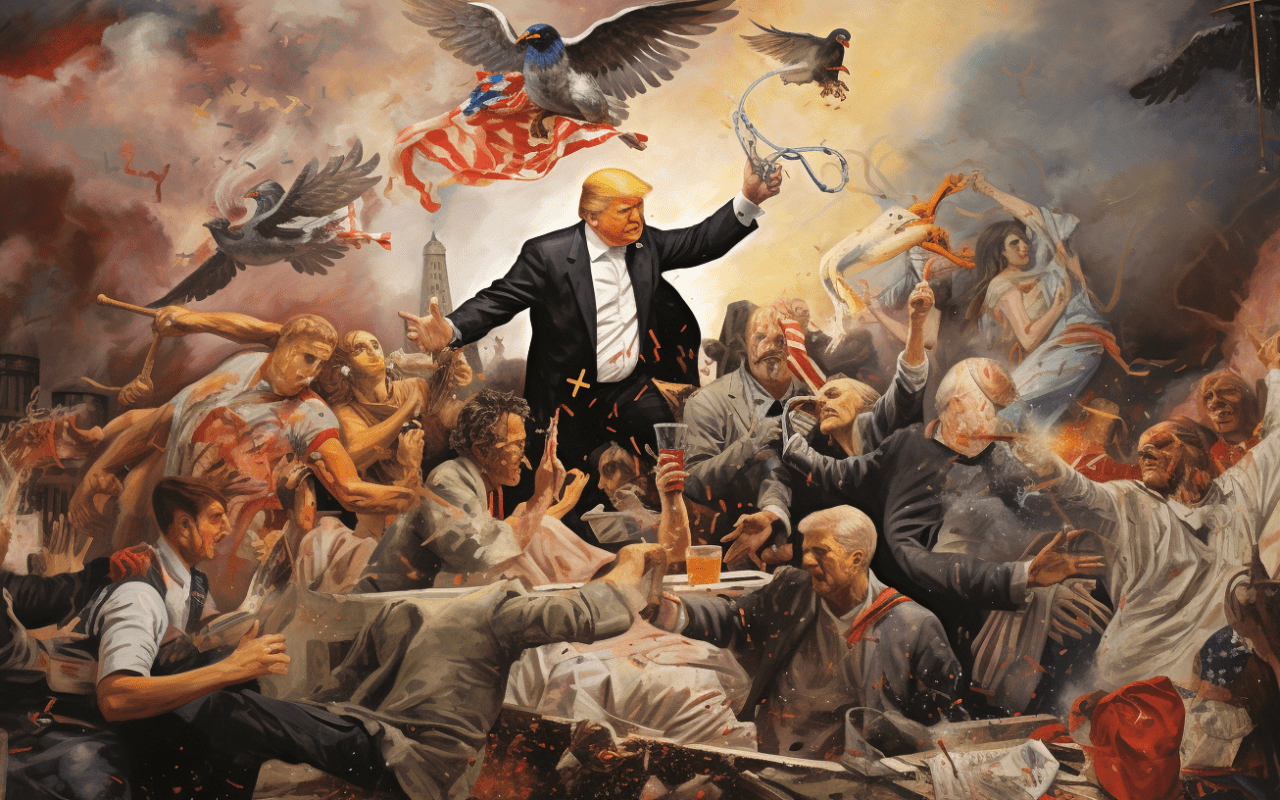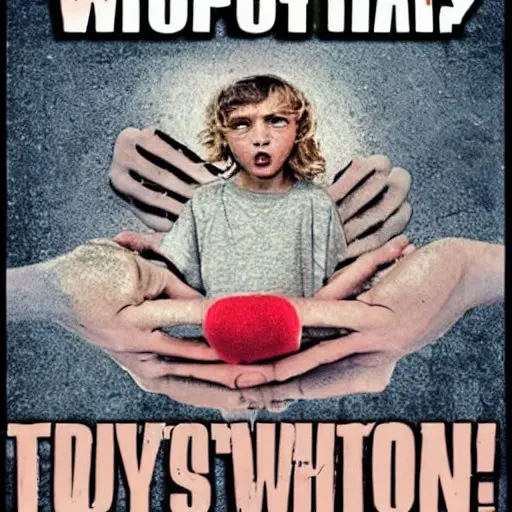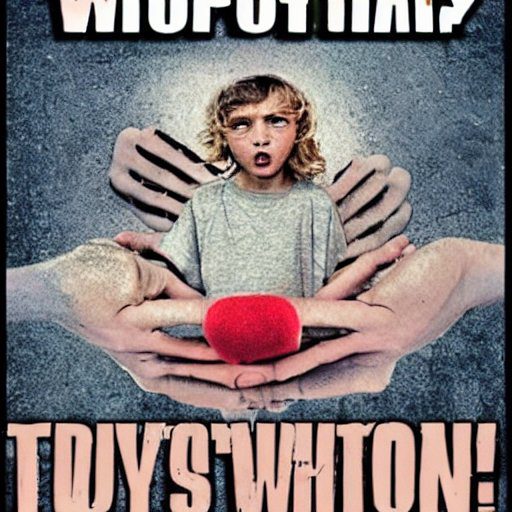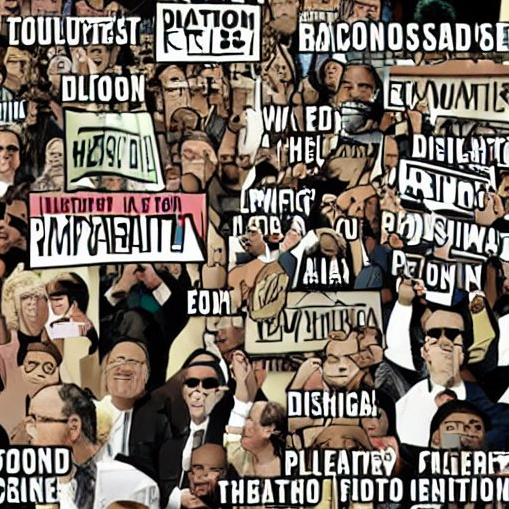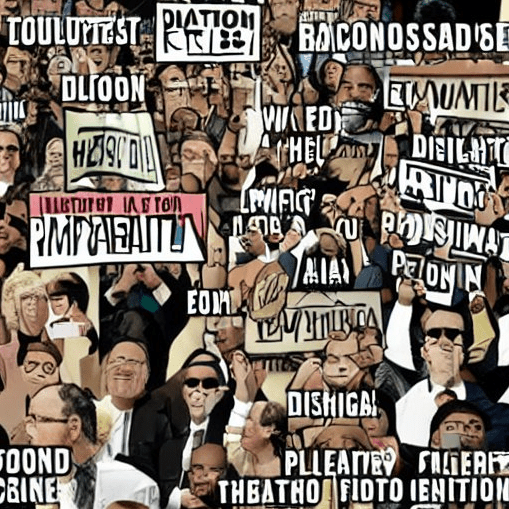Pathocracy is a relatively lesser-known concept in political science and psychology, which refers to a system of government in which individuals with personality disorders, particularly those who exhibit psychopathic, narcissistic, and similar traits (i.e. the “evil of Cluster B“), hold significant power. This term was first introduced by Polish psychiatrist Andrzej Łobaczewski in his work “Political Ponerology: A Science on the Nature of Evil Adjusted for Political Purposes.”
The crux of pathocracy lies in the rule by a small pathological minority, which imposes a regime that is damaging to the majority of non-pathological people. The key characteristics of pathocratic leadership include a lack of empathy, a disregard for the rule of law, manipulation, authoritarianism, and often, brutal repression.
Origins and development of the concept of pathocracy
Pathocracy emerges from Łobaczewski’s study of totalitarian regimes, particularly those of Nazi Germany under Adolf Hitler and Communism in the Soviet Union under Joseph Stalin. Born in Poland in 1921, he witnessed the upheaval and transformation of his own country during the horrors of World War II and subsequent Communist occupation.
He suffered greatly to arrive at the insights in his work — arrested and tortured by the Polish authorities under Communist rule, he was unable to publish his magnum opus, the book Political Ponerology, until he escaped to the United States during the 1980s. Łobaczewski spent the rest of his life and career trying to unpack what had happened to him, his community, and his nation — such brutality over such a shockingly short span of time.
Łobaczewski posits that these authoritarian and fascist regimes were not merely politically oppressive, but were also psychologically abnormal. He studied the characteristics of these leaders and their closest supporters, identifying patterns that aligned with known personality disorders. His work also identified a much higher percentage of personality disordered individuals than is still commonly understood, finding that about 7% of the general population could be categorized as severely lacking in empathy and possessing the tendencies — latent or overt — leading to the rise of pathocracy in society.
Characteristics of pathocratic leadership
- Psychopathy: Leaders in a pathocracy often display traits synonymous with psychopathy, including a lack of empathy, remorse, and shallow emotions.
- Narcissism: Excessive self-love and a strong sense of entitlement often drive pathocratic rulers.
- Manipulation: These leaders are adept at manipulation, using deceit and coercion to maintain their power. They also often exhibit other traits and behaviors of emotional predators.
- Paranoia: A heightened sense of persecution or conspiracy is common, leading to oppressive and authoritarian measures.
- Corruption: Moral depravity, ethical degeneration, and widespread corruption are endemic in a pathocracy, as pathological leaders tend to surround themselves with similarly affected individuals who feel no shame about performing unethical and/or illegal actions either in secret, or in broad daylight with little fear of retaliation.
